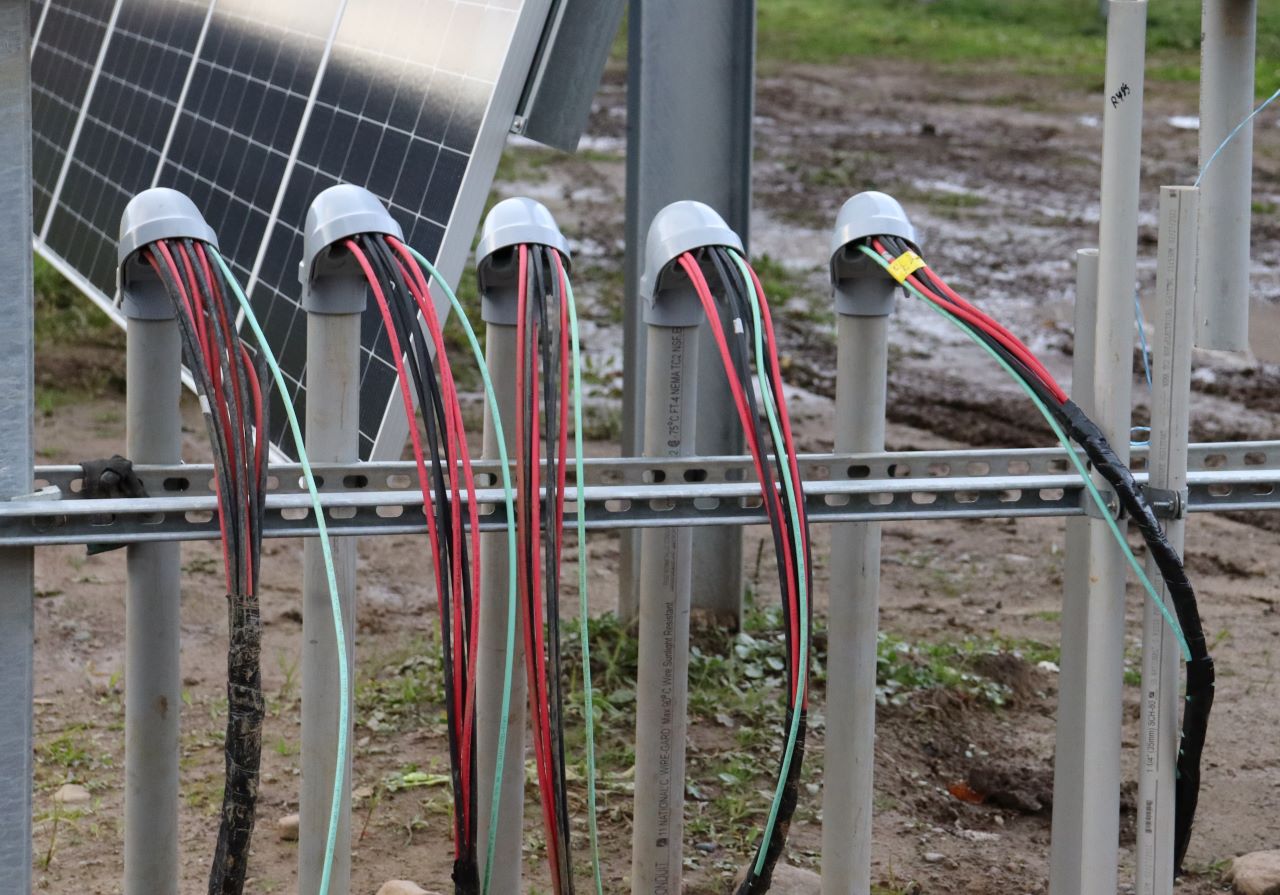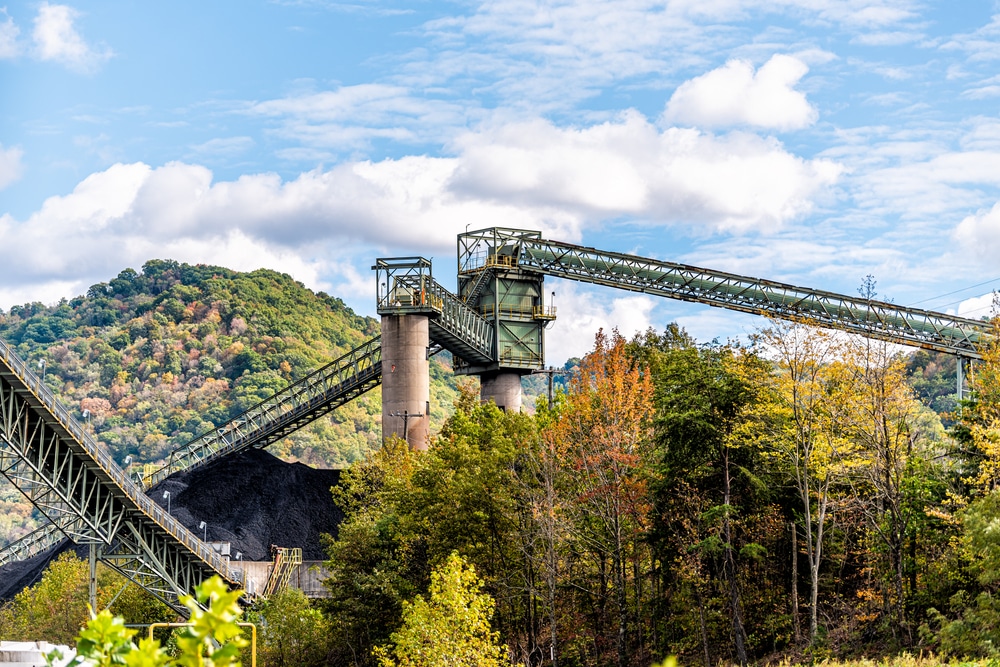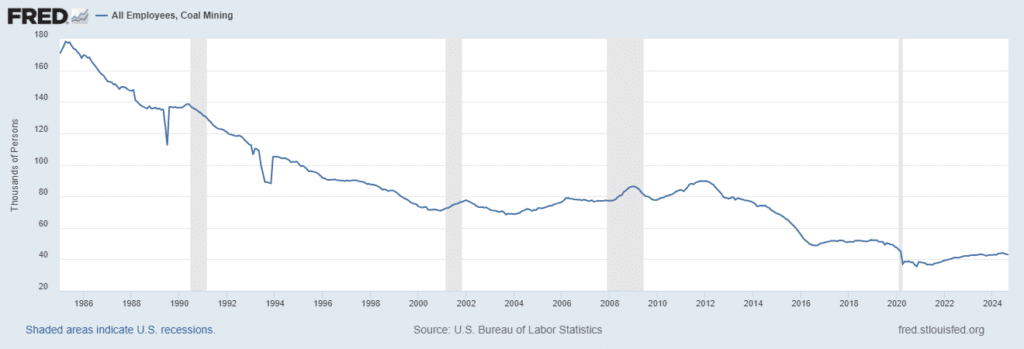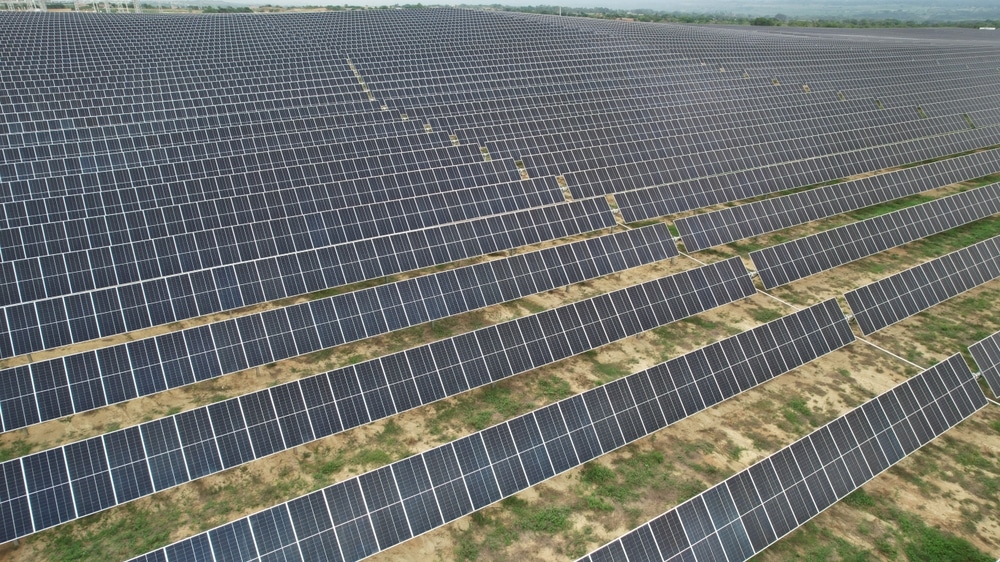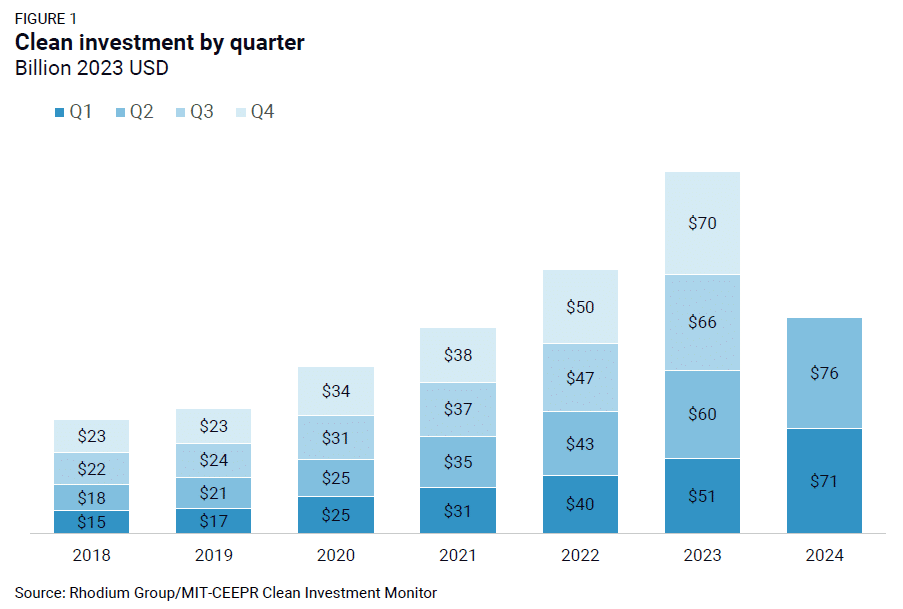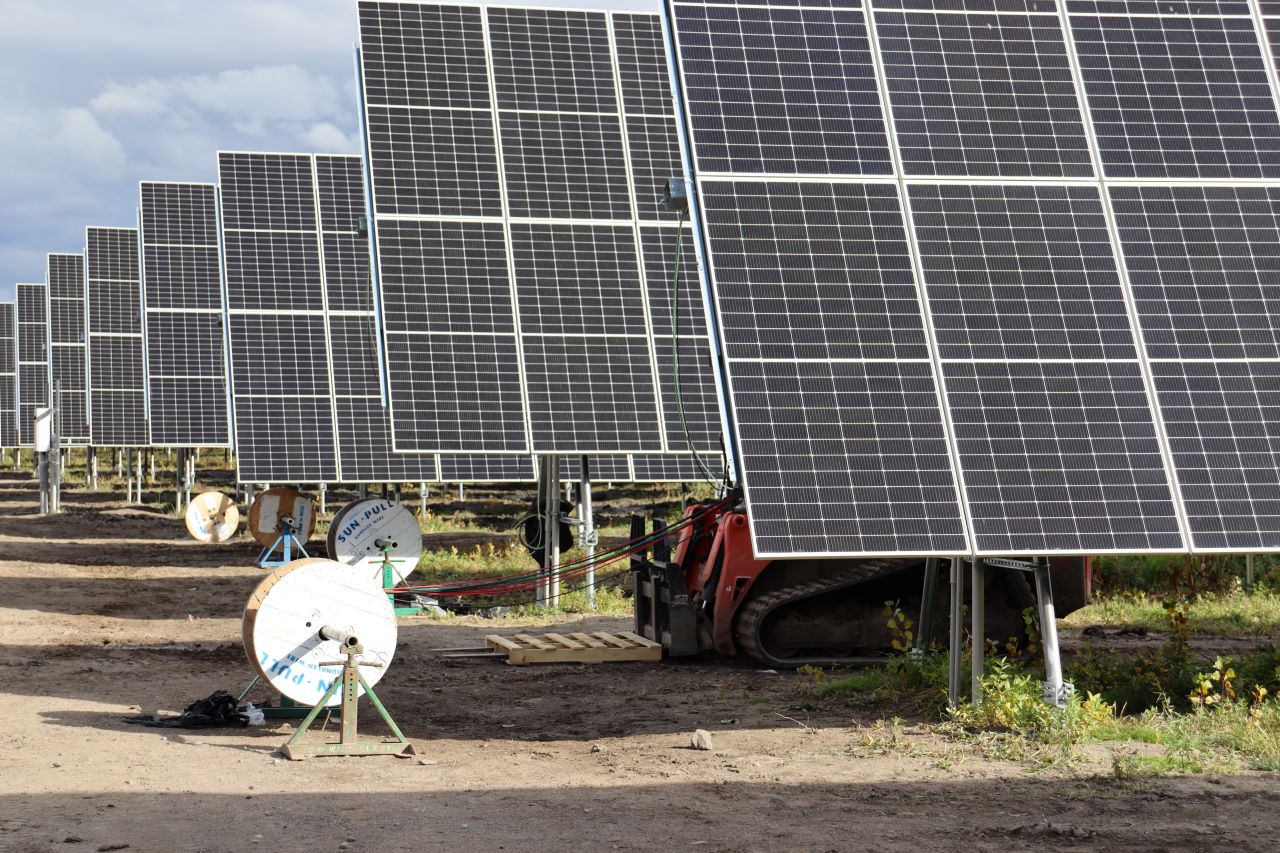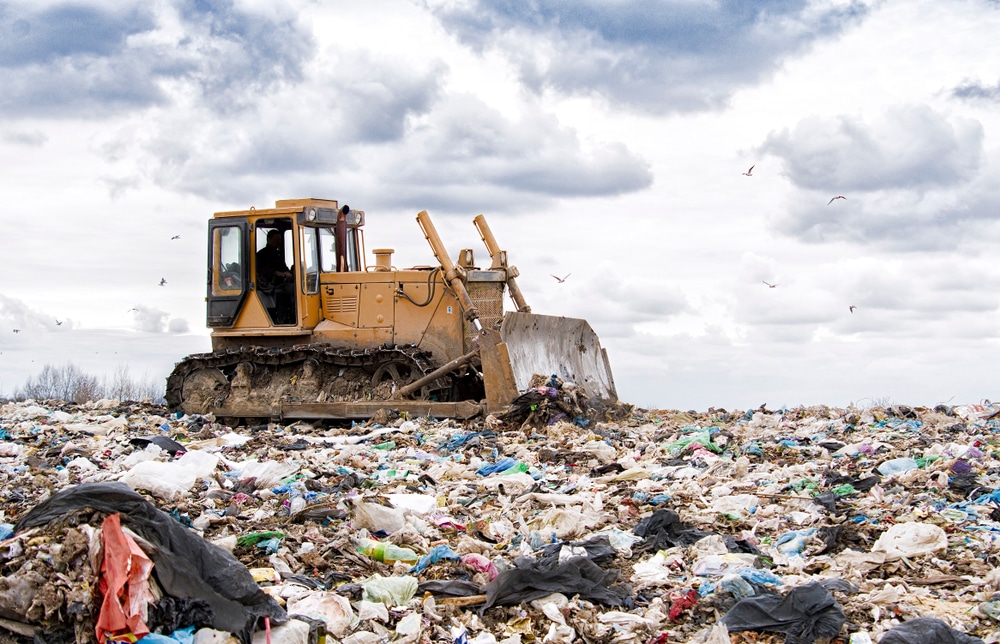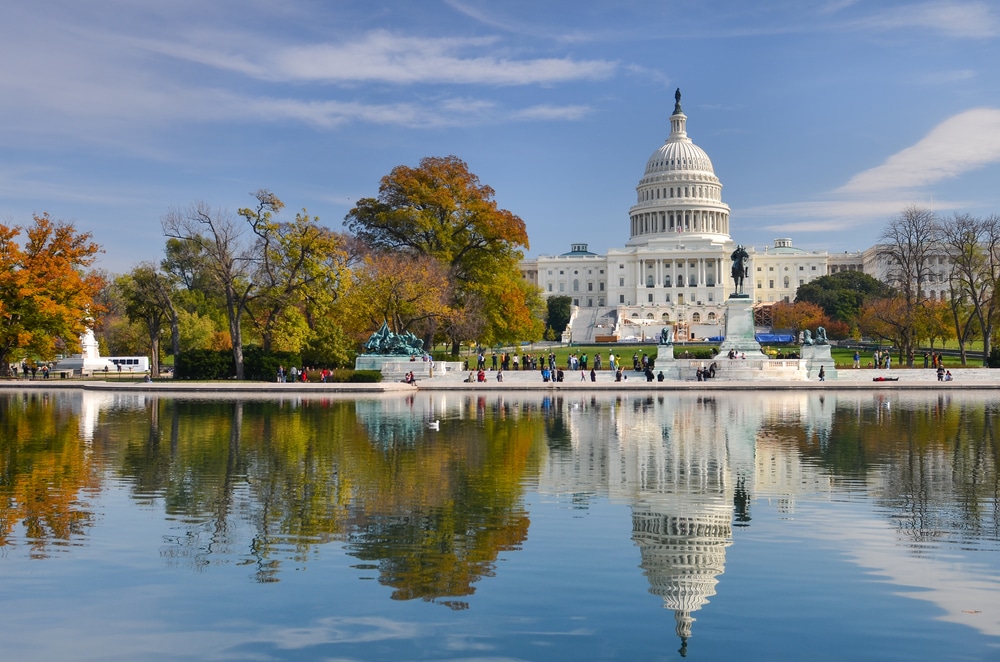When you’ve got thousands of feet of PV wire strung up for seemingly endless acres, keeping them organized and protected is crucial.
The best wire management plan relies on understanding the terrain, project size, complexity, layout, and other factors. Depending on the project, solar EPCs have several wire management options, from open-air clips and ties to comprehensive conduits and trays. Regardless of the style, these systems organize and protect cables for the life of the solar system.
The result? Cleaner, manageable layouts, more efficient repairs and replacements, and safer sites over the long term.
S Clips
S clips are a low-cost and effective solution to keep wires and cables in place.
The clips are usually made from stainless steel, which is strong and resists corrosion, making them great for outdoor use. Other options include aluminum alloys or even UV-resistant plastics.
Crews like S clips because they’re easy to install without tools, attaching to the back of the solar panel or onto the racking. They’re also reusable, allowing workers to remove and reattach clips during maintenance, repairs, or replacements.
Multi-Faceted Fasteners
The allure of S clips lies in their simplicity.
They’re small enough to hide under panels and along racking and perform well across many environments and temperatures. Certain constructions also work in harsh areas, including in or near salt water.
Unlike more expensive wire management systems, S clips don’t require other tools to install. This makes them easy for even inexperienced workers to use. Removal is almost as easy, requiring only a screwdriver to pop the clip off the panel or racking.
Though the clips only hold a few wires in place, they do an excellent job of preventing sagging along the cable line. However, crews must be careful to avoid accidental nicks or scrapes caused by the clips. Normally, they’re coined or smoothed to prevent damage but could cause problems over time or during severe weather.
Hanger Systems
Like S clips, wire hanger systems hold wires in place, but do it on a larger scale.
Made from galvanized steel and coated with PVC, hangers are extremely durable and weather-resistant. The PVC protects the underlying steel core against exposure and ensures wires stay damage-free.
Unlike S clips, which can hold two or three wires, hangers can hold many safely – including large-gauge cables. They’re cost-effective, reusable, easy to install without tools, and can bend to fit nearly any configuration. Hangers also perform well across many environments, including challenging terrain.
To install hangers, workers first need to install a messenger wire. Though it doesn’t carry current, the steel cable shoulders the weight of all the cables to reduce sagging. It also provides a steady, safe spot to mount hangers that isn’t part of the racking or the panel itself. Once the messenger wire is in place, workers bend the hanger into the shape they need and hang it.

Cable Ties and Locks
Most people are familiar with plastic or nylon zip ties used for DIY projects, but solar cable ties are much stronger.
Made from high-quality, durable, and UV-resistant plastic, these one-time-use ties secure cables directly to the solar racking. They’re chemical, water, and sunlight resistant, and more rugged ties could work in colder temperatures.
Keep in mind that not all cable ties are equal. Low-quality ties, like the nylon ones hiding in your junk drawer, will eventually become brittle, causing them to break. This is especially true in areas where snow and cold weather are a threat and regions with high UV exposure.
Unlike S clips and hangers, cable ties are a one-and-done product. Crews must replace them every time they complete work.
Cable Locks
Cable locks use a tool-free locking mechanism to hold ties in place, with additional room for slack.
Depending on the company and the style, cable locks can look or act differently, but the overall logic is the same. Most are easy to install and reusable, utilizing locks and tie lines to hold cables in place and prevent accidental removal.
Despite the similar design to cable ties, cable locks will last for the life of the panels, generally 20 to 25 years.
Cable and Wire Trays
Sometimes, open-air solutions aren’t the best way to protect solar wires.
In those situations, especially in harsh environments and areas where digging isn’t possible, wire and cable trays make all the difference.
Unlike conduit, which requires digging and burying wires, cable trays are aboveground installations. Workers connect the tray pieces, lay the wire in, and move along. The cables are safe from physical damage, including scrapes, abrasions, crushing, and even pests like rodents. Beyond physical damage, trays protect cables from wind, snow, sun, and other weather-related issues.
Solar developers can choose either metal or plastic trays, depending on how much flexibility and strength they need. But no matter what material installers select, the cables inside are safe and organized. Best yet, if wires need replacement, workers can quickly access the tray.
Conduit
For the ultimate utility-scale solar cable protection, conduit is king.
To install conduit, workers dig trenches in the ground and lay metal or PVC tubing. Next, workers fish the PV wire through the conduit from the solar panel to the combiner box. The resulting installation offers stellar protection from crushing, abrasion, UV, temperature changes, chemicals, and pests for the wire’s usable lifespan.
Conduit keeps wire safe and sound but is more expensive than other wire management methods and is slower than open-air methods. Conduit also doesn’t work for certain solar sites, including those with rough terrain or brownfield sites.
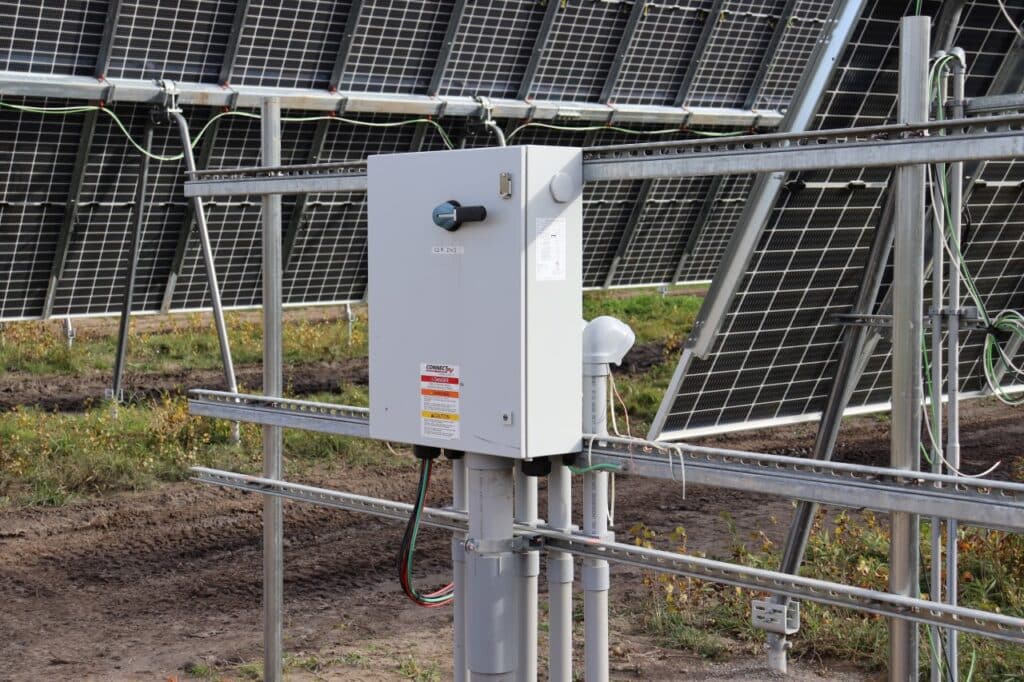
Wire Management Boxes
Protecting wire is vital, but connection points are equally important.
Combiner boxes are a staple at commercial, industrial, and utility-scale solar installations. Depending on the layout, they can hold dozens of wires in place, alongside fuse assemblies, buses, and even system monitoring equipment.
When installing wire management boxes, placement is important. Every installation is different, and boxes must be ready to address unique challenges. From paint color and box size to breather vent placement and mounting position, every decision impacts performance and lifespan.
Many Options, One Mission
No matter what solutions installers choose, the goal is always to prevent wire damage.
Wire management systems do a lot to prevent damage, but they aren’t perfect. Accidents happen, nicks occur, and wires pinch, leading to potentially dangerous situations like arcs, faults, and other issues.
Damaged wires don’t always immediately cause problems – nicks in a conductor’s insulation take time to develop. Leaks, corrosion, pinches, abrasions… they can all eventually create delays, lost profits, and put people at risk.
Crews should trust monitoring systems to track trends and spot abnormalities but should perform scheduled inspections, too. Beyond looking for obvious damage, workers should be on the lookout for other issues, including:
- Sharp edges on clips, ties, locks, and other materials
- Signs of aging on wire management systems, including peeling coatings, insulation pulling away, chipping, or nicks
- Damage to PV wire conductors, such as pinching, abrasions, nicks, and other wear
Most importantly, work with local code departments and follow NEC guidelines. Keeping an eye on the regulations will ensure that teams safely manage solar power wires and cables.


